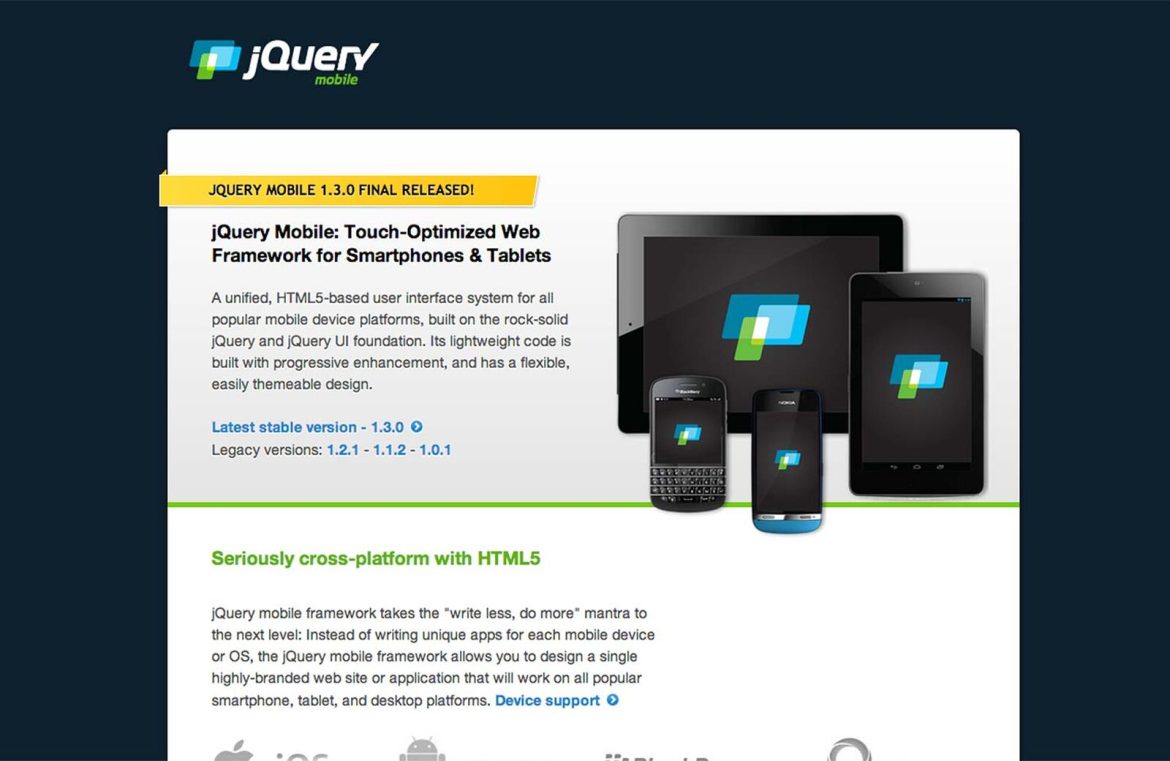 The latest stable release of jQuery Mobile, version 1.3, is now out and accessible to developers.
The latest stable release of jQuery Mobile, version 1.3, is now out and accessible to developers.
In this iteration, the jQuery team has excelled at embedding responsive design ethos into their already powerful framework. Standout additions include touch-optimized widgets—seamless panel overlays and versatile dual-handle range sliders, plus innovative approaches to responsive tables through a couple of new modes.
Spotlight on New Features
One of the most visually striking updates is the panel widgets, engineered to unlock hidden layers of content in an aesthetically pleasing manner. These panels skilfully glide into view, offering overlay, reveal or push transition modes, reacting smoothly to swipes, clicks, or key presses—maintaining a responsive interaction dynamic across varied input modes.
The list view’s latest innovation is the introduction of autocomplete functionality. Start typing, and the feature springs into action, echoing the intuitive user experience of a Google search with live filtering and display of results beneath your input.
Flexibility defines the new range of table enhancements. Column toggle and reflow modes are at the forefront, catering to user preferences by selectively showing or hiding table columns, and adeptly rearranging data on smaller screens so that each row assumes the structure of an individual table for improved readability and layout on mobile devices.
Implications for Responsive Web Design
jQuery has consistently served as a reliable cornerstone for streamlining intricate JavaScript tasks. jQuery Mobile extends this ease of use into the mobile realm, where touch dominates interactions. The transition to responsive web design has sparked debates on whether to rely on responsive web design principles or jQuery Mobile for web projects. Addressing this, Todd Parker from the jQuery Mobile team advocates a combined application of both methods.
Parker’s method potentially strikes a harmonious balance, allowing web designers to confidently integrate the dynamic nuances of jQuery Mobile with a wider responsive framework, ensuring a blend of flexibility and creativity.
There’s more to discover beyond the highlights mentioned above; the full spectrum of updates is detailed in the official release announcement. Additionally, you can take jQuery Mobile 1.3 for a test drive on its demo page.
Are you a fan of jQuery or jQuery Mobile, or do you prefer to use both in tandem? Which of the new features has caught your eye? Share your thoughts with us in the comments section.

